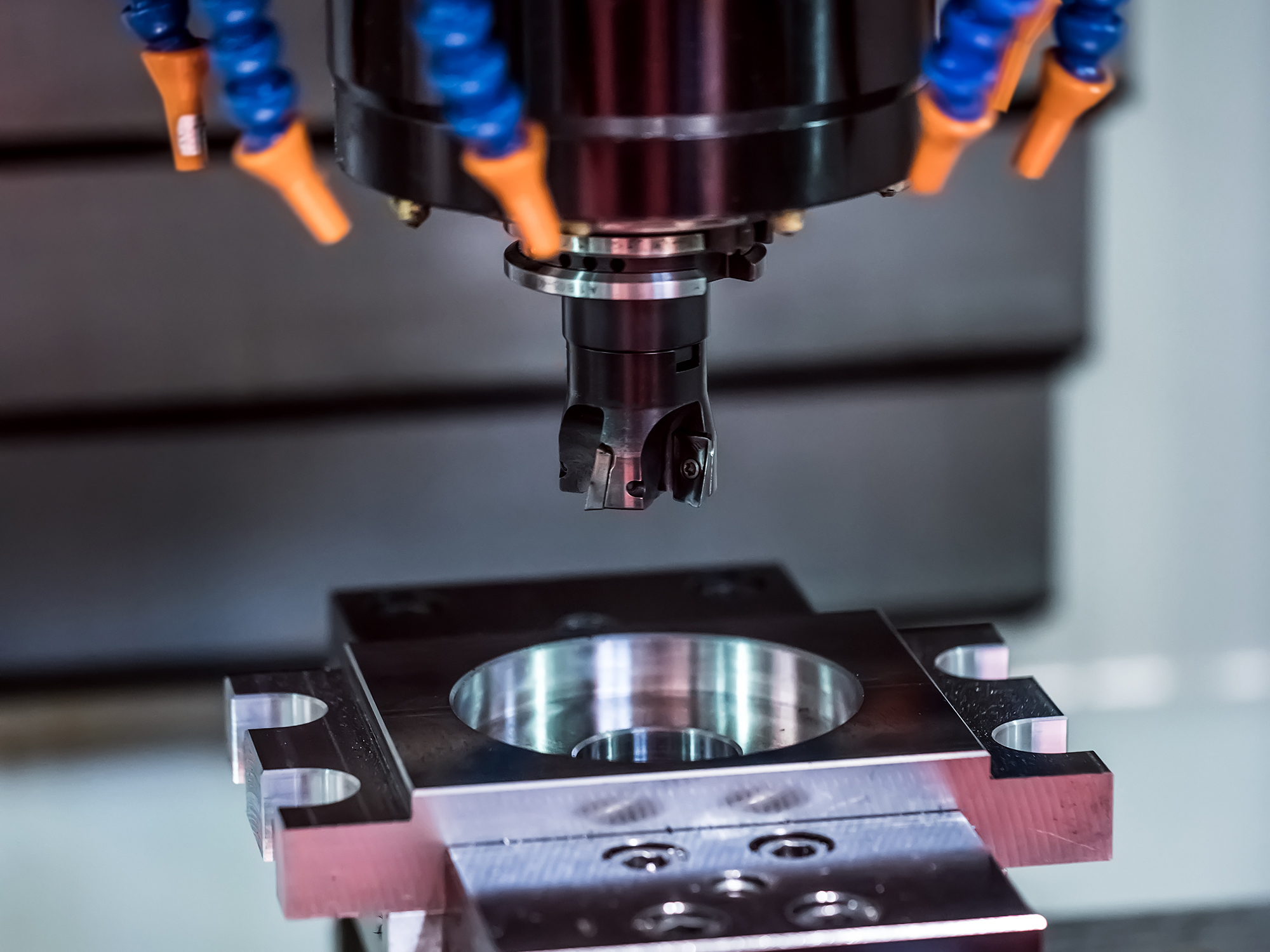
In the process of the manufacturing industry's transformation towards intelligence, the integration of machine tool automation and flexible manufacturing systems has become a core path to enhance production resilience. Compared with the traditional single-machine production mode, integrated systems can simultaneously meet the dual goals of batch efficiency and customization requirements through process connection optimization, dynamic resource scheduling, and data integration analysis. The following analysis is carried out from three aspects: system composition, integration principles, and efficiency improvement mechanisms.
Processing Equipment Cluster: With CNC lathes and machining centers as the core, combined with special machine tools (such as grinders and boring machines) to form process complementarity. Equipment must have standardized interfaces to support data interaction and remote control.
Material Handling System: Including robots (articulated robots, truss robots), automated guided vehicles (AGVs), conveyors, etc., responsible for transferring workpieces between processes. Their scheduling logic must match the production rhythm and equipment load.
Warehousing and Sorting Units: Automated warehouses, material libraries, and automatic sorting devices realize intelligent storage of blanks, semi-finished products, and finished products. Barcode or RFID identification technology ensures the accuracy of material traceability.
Manufacturing Execution System (MES): As the core scheduling center, it is responsible for order scheduling, process optimization, and equipment status monitoring. Its algorithms must balance delivery priority and equipment utilization.
CNC System Integration: Realize data exchange between machine tools and upper-level systems through protocols such as OPC UA, upload processing parameters and fault information in real-time, and receive remote instructions to adjust operating status.
Digital Twin Platform: Build a virtual production environment to simulate capacity matching under different order combinations, identify bottleneck processes in advance, and optimize resource allocation.
Each unit of the system must have independent functions and standard interfaces. For example, the processing module can replace fixtures and tools according to product types, and the transmission module can adjust paths through programs to achieve "plug-and-play" rapid reorganization. The degree of modularity directly determines the system's response speed to multi-variety production, and the module replacement time should generally be controlled within 1 hour.
Real-Time Data Collection: Obtain key indicators such as equipment OEE (Overall Equipment Efficiency), processing accuracy fluctuations, and material inventory through sensors. The data sampling frequency must meet the needs of dynamic adjustment (usually ≥1 time/minute).
Intelligent Decision Algorithms: Scheduling models trained based on historical data can automatically generate optimal production sequences according to order quantity, process complexity, and equipment load. When equipment failures occur, they can re-plan process paths within 30 minutes.
Equipment Redundancy: Configure backup equipment for key processes, which automatically switch when the main equipment stops to ensure production continuity. Redundancy should be dynamically adjusted according to order urgency (e.g., redundancy in the aerospace field is usually ≥30%).
Process Fault Tolerance: Allow some processes to adjust parameters within a preset range (e.g., feed rate ±10%), and offset slight disturbances through process compensation to avoid full-process stagnation due to local fluctuations.
Improved Equipment Utilization: By reducing changeover time (from the traditional 8 hours to less than 30 minutes) and balancing process loads, equipment OEE is increased from 60% in single-machine mode to over 85%.
Compressed Production Cycles: Parallel processing and optimized process connections shorten order delivery cycles by 30%-50%, especially suitable for small-batch and multi-variety scenarios (e.g., customized production of 50-500 pieces per month).
Full-Process Traceability: From blank storage to finished product delivery, processing parameters, operators, and inspection results at each link are recorded, and the full life cycle data can be retrieved through product numbers.
Real-Time Quality Feedback: Online inspection equipment (such as coordinate measuring machines) is linked with processing machines. When over-tolerance dimensions are detected, they automatically feed back to the CNC system to adjust cutting parameters, reducing the scrap rate by more than 40%.
Reduced Labor Costs: The automated system increases the number of equipment operated per person from 1-2 to 8-10, reducing more than 60% of operating positions under the same output.
Energy and Material Savings: Intelligent scheduling algorithms reduce equipment idle time, reducing energy consumption by 15%-20%; precise material distribution avoids excessive inventory, reducing capital occupation costs by about 25%.
Analyze product characteristics (such as material, precision requirements, batch range) and process complexity (number of processes, frequency of tooling replacement) to determine the level of flexibility requirements (basic/intermediate/advanced).
Calculate the investment return cycle. Generally, the payback period of intermediate flexible systems is 2-3 years, suitable for enterprises with annual order fluctuations within ±30%.
Phase 1: Achieve single-machine automation (e.g., install automatic loading and unloading devices) to improve single-process efficiency;
Phase 2: Connect 2-3 machines to build a local flexible unit;
Phase 3: Integrate full-process automation and connect to the ERP system to achieve end-to-end digitization.
Technical Compatibility Risks: Protocol differences between different brands of equipment and software systems may lead to data silos, so interface standards must be unified in the planning stage;
Personnel Skill Gaps: Operators and maintenance personnel need to master composite skills such as robot programming, MES system operation, and fault diagnosis, and a training system must be planned in advance.
The value of flexible manufacturing systems lies not only in improving production efficiency but also in enhancing enterprises' ability to respond to market changes. In the implementation process, it is necessary to avoid blindly pursuing "full automation" and instead formulate adaptive plans according to product characteristics, order patterns, and enterprise scale. For enterprises with small batches and multiple varieties, priority can be given to building modular flexible units; for large batches and stable product scenarios, moderate automation combined with intelligent scheduling can achieve maximum benefits. After the system is built, continuous data analysis and process optimization are required to gradually approach the design goals for indicators such as equipment utilization and order response speed.

